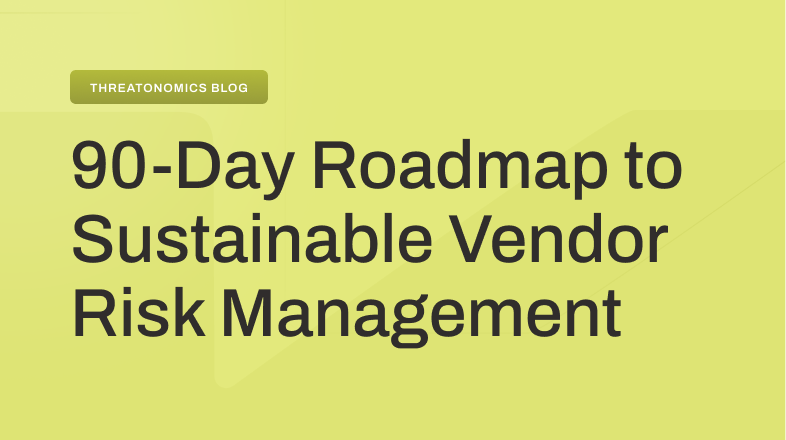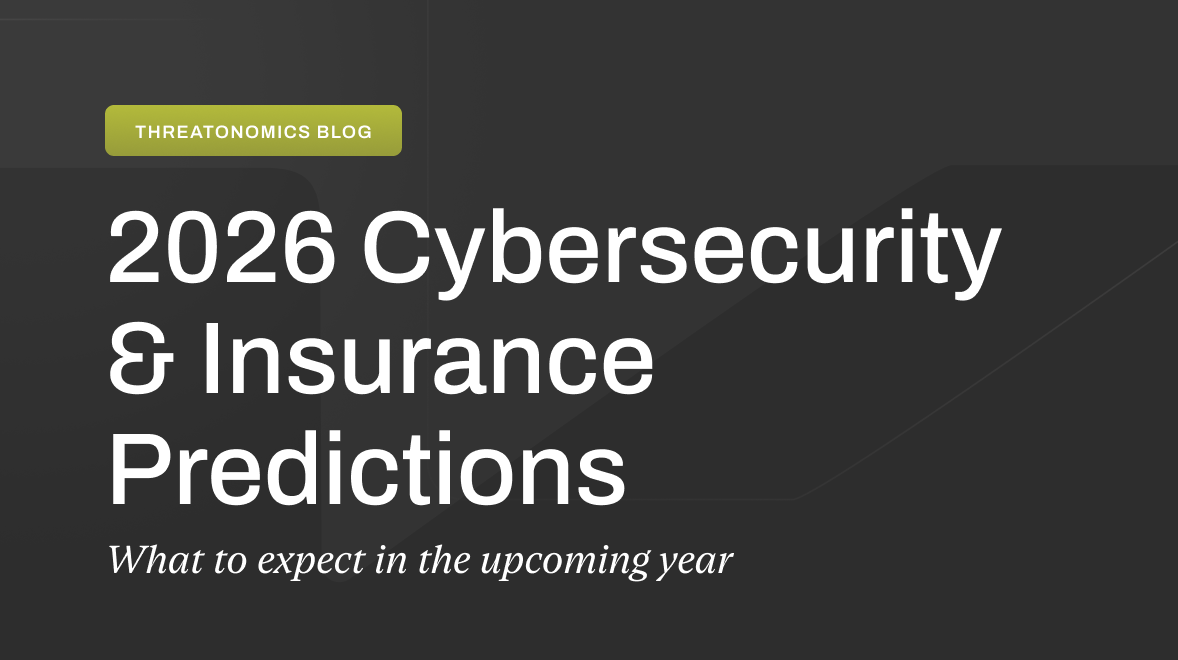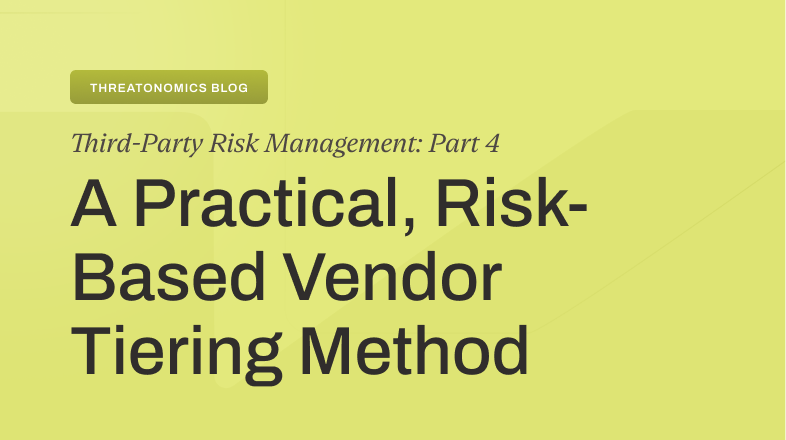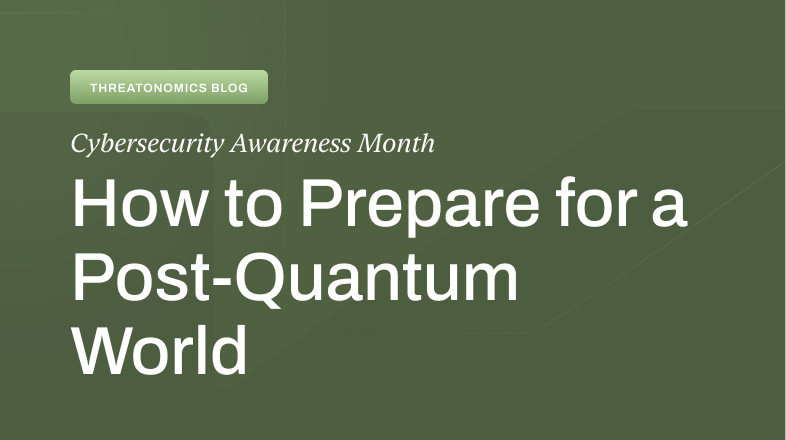Building cyber resilience under DORA
The financial sector is facing an unprecedented convergence of cyber threats, regulatory pressure, and digital transformation. The European Union’s Digital Operational Resilience Act (DORA), which took full effect on January 17, 2025, is a defining moment for financial institutions. It requires firms to prepare for, withstand, and recover from cyber threats to ensure stability in an increasingly interconnected financial ecosystem.
DORA addresses the risks posed by third-party service providers and supply chain vulnerabilities. Recent cyberattacks such as the MOVEit and Ivanti breaches have demonstrated how a single weak link can lead to widespread disruption. According to the International Monetary Fund (IMF), nearly 20% of all global cyber incidents since 2020 have targeted the financial sector, leading to an estimated $12 billion in direct losses. As cybercriminals refine their tactics, financial institutions must rethink their approach to resilience.
Overcoming compliance challenges
While 94% of financial institutions are actively assessing DORA’s implications, many struggle with implementation due to unclear guidance and resource constraints. Smaller firms, in particular, may find it challenging to integrate DORA’s stringent requirements without significant investment.
Key areas of focus include:
- Managing third-party risks by ensuring vendors meet strict security standards and contractual obligations.
- Developing incident response strategies that create standardized, proactive approaches to cyber incidents.
- Conducting resilience testing through threat-led penetration tests to uncover vulnerabilities before they can be exploited.
- Enhancing regulatory transparency by aligning with standardized reporting frameworks to ensure clear and actionable insights for regulators and industry peers.
The evolving role of the CISO
DORA is reshaping the role of the Chief Information Security Officer (CISO), elevating cybersecurity from a technical issue to a strategic business priority. With cyber threats increasing in sophistication, the CISO must now play an integral role in business decision-making.
Key shifts in the CISO role under DORA:
- A proactive security approach shifting the focus from reactive incident response to continuous threat prevention.
- Stronger executive presence with more organizations placing CISOs on their boards to align cybersecurity with broader business objectives.
- Financial risk quantification to ensure organizations allocate resources effectively based on the potential financial impact of cyber threats.
The growing threat of cybercrime and extortion attacks
Cybercriminals operate in a highly adaptive industry, continuously refining and replicating attack methods. The rise of Ransomware-as-a-Service (RaaS) has made sophisticated cyber extortion widely accessible, allowing attackers to launch large-scale campaigns with minimal technical expertise.
Extortion-based cyberattacks often target broad industry vulnerabilities rather than specific organizations. The financial sector is particularly attractive due to its high-value data and complex digital infrastructure. To combat this, firms must implement continuous monitoring, proactive threat intelligence, and stronger vendor oversight.
Leveraging cyber insurance as a resilience tool
While cyber insurance is not a substitute for cybersecurity, it plays a crucial role in managing financial risks. It can cover costs such as ransom payments, legal fees, data recovery, and reputational damage. However, insurers now require firms to meet stricter security standards, incentivizing better cybersecurity practices across the industry.
Strengthening resilience through the Risk Operations Center
Resilience’s Risk Operations Center (ROC) provides a data-driven approach to cyber risk management, combining threat intelligence, incident response, and financial risk quantification.
The ROC’s core capabilities include:
- Proactive vulnerability detection to identify and neutralize threats before they escalate.
- Real-time threat intelligence gathered from multiple sources to tailor risk insights.
- Industry-wide risk monitoring to detect and act on cyber threats affecting the financial sector.
- Financial impact analysis to help organizations prioritize mitigation efforts effectively.
By leveraging these capabilities, firms can go beyond compliance and establish a strong cybersecurity posture that protects both operations and customers.
DORA is not just about meeting regulatory requirements—it’s about strengthening the financial sector’s overall resilience. Organizations that embrace its principles will not only ensure compliance but will also position themselves as leaders in the evolving cyber resilience landscape.








